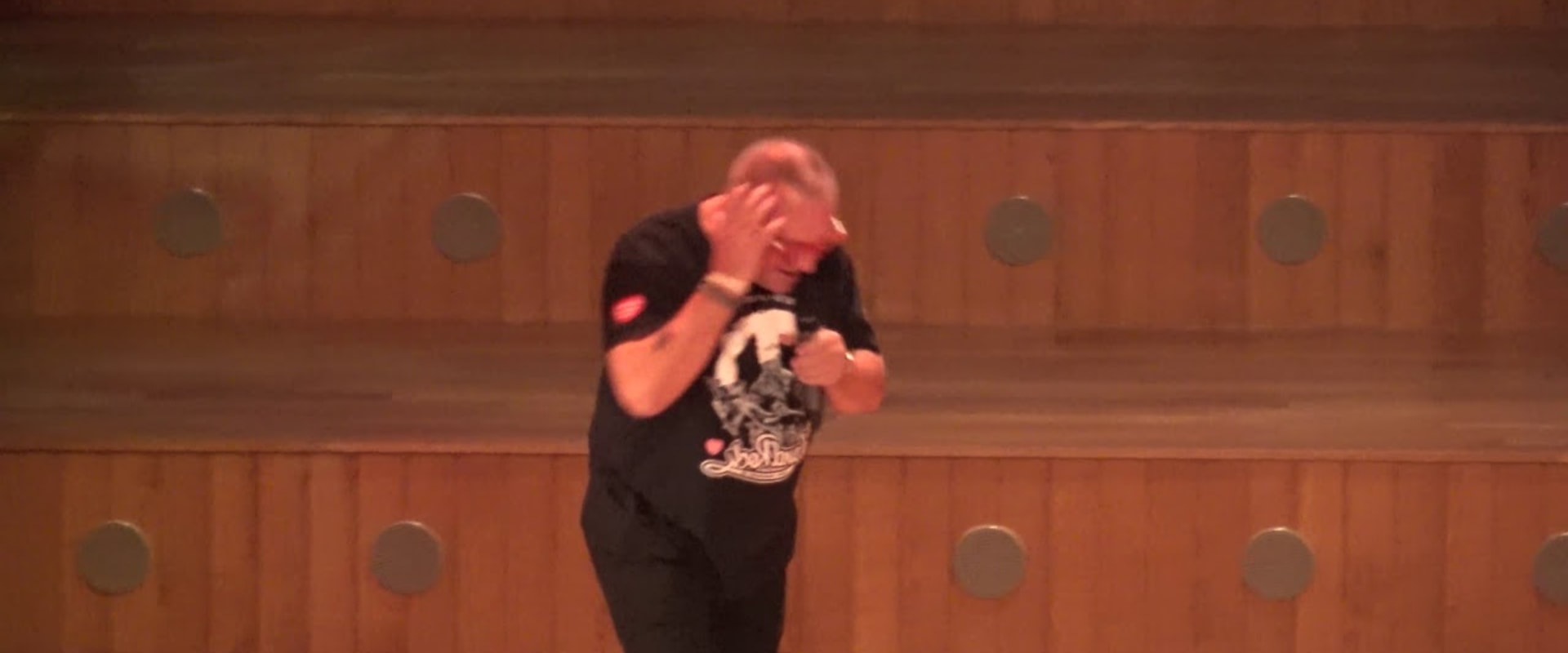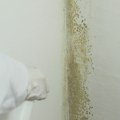Water damage can be a major problem for homeowners, as it can cause extensive damage to floors and other surfaces. Floors can suffer water damage for many reasons, such as water heater leaks, broken pipes, and natural disasters such as hurricanes or floods. Regardless of how the incident happens, it is important to identify the extent of the damage and take the necessary steps to repair or replace the floor with the help of Atlas National Renovations Plano TX. The longer water is allowed to saturate a wooden floor, the more likely it is that you will have to completely replace the hardwood floor. If you are facing water damage, it is crucial to act quickly and seek professional help.
You can find reliable and experienced water damage restoration services near you by visiting https://maps.app.goo.gl/sFATbnWxoQ9dtPSPA. This is because the unfinished lower part of the boards absorbs more moisture, which causes the lower part of each board to expand more than the upper part of the board. This results in a wavy appearance and each row of wood is raised at the seams. The first step in all types of floor repair is always to dry the floor thoroughly. Use a wet vacuum for large pools of water and place fans and dehumidifiers in the room for several days.
In some cases, simply drying the area will repair the damage and there will be no need for further repairs. If you need to repair or restore water damage to your hardwood, laminate, or engineered wood floors, be sure to contact a reputable water damage restoration company to help you dry your floors. Depending on the type of water damage you're facing, homeowners insurance may cover some of the repair or replacement costs. After about a week of drying your water-damaged hardwood floors, call your flooring contractor. Identifying if the floor is damaged by water is relatively easy, since you can usually see signs of deformation, deformation and discoloration.
Tiles are very water resistant, however, water can seep through cracks in the grout and damage the subfloor. The magnitude of water damage can determine whether you tackle the task yourself or hand it over to professionals. Depending on the type of hardwood that was used, water damage can vary in both intensity and results. Once you've identified the type of water damage on your floor, you can decide if you want to repair or replace it. One way to repair your hardwood floor after suffering severe water damage is by using sandpaper or even steel plates.
Another way is to locate the source of water and then evaluate the extent of soil damage in order to obtain appropriate treatment. Stagnant surface water is all the visible water you can see that still remains in your home after a flood. Accumulated water is what most people don't see and is the leading cause of damage to hardwood floors. You are left with wood floors damaged by water after a flood caused by ice reservoirs, faulty appliances, broken pipes, or another incident in your home or office. Water damage in Vancouver, North Van, West Van, Burnaby, Richmond, New Westminster, Surrey, Langley, Maple Ridge, White Rock, Port Moody, Coquitlam and Abbotsford can all be repaired with professional help. Once it is clear that the soil has been damaged by water, it is essential that you identify the magnitude of the damage that has been caused to the soil.



